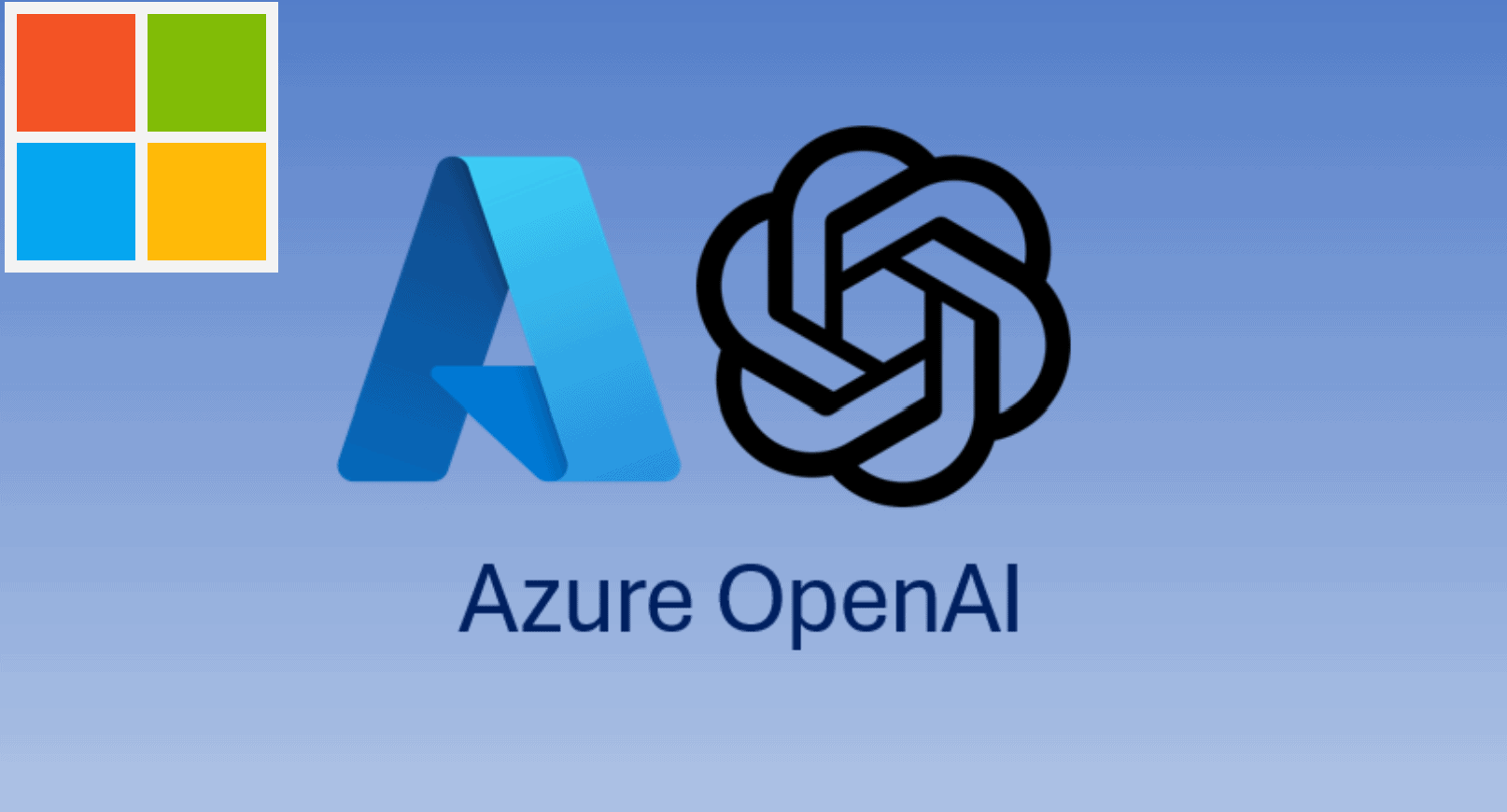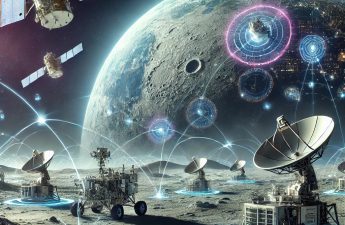Azure OpenAI is a service provided by Microsoft that allows organizations to access and use OpenAI’s advanced language models (such as GPT-3.5, GPT-4, Codex, DALL-E, etc.) through the Microsoft Azure cloud platform. This integration enables developers, businesses, and researchers to build AI-driven applications and solutions using natural language processing (NLP), code generation, and other machine learning (ML) capabilities.
Key Features of Azure OpenAI
1. Access to OpenAI Models:
Azure OpenAI provides access to some of OpenAI’s most powerful models:
GPT Models (Generative Pretrained Transformer): Used for natural language processing tasks such as text generation, summarization, translation, and question answering.
Codex: Specialized in code generation and programming-related tasks. It powers GitHub Copilot.
DALL-E: For generating images from text prompts.
2. Azure Integration:
OpenAI’s models are available as APIs, fully integrated with Azure services such as:
Azure Machine Learning: For experimenting and deploying machine learning models.
Azure Cognitive Services: Enhancing other services like vision, speech, language, and decision-making capabilities.
Azure Data & AI Tools: Enabling powerful data analytics and AI-driven solutions.
3. Security and Compliance:
Hosted on Microsoft’s trusted cloud infrastructure, Azure OpenAI meets rigorous security and compliance requirements.
Provides enterprise-level governance, data privacy, and encryption.
Ensures that businesses can integrate OpenAI models while maintaining control over their data and adhering to regulatory standards.
4. Scalability:
-Azure OpenAI allows scaling the use of models depending on the business needs. Users can handle tasks ranging from small-scale applications to high-demand enterprise solutions with reliable performance.
5. Custom Fine-Tuning:
Users can fine-tune the available OpenAI models to fit specific needs, improving performance on specialized tasks by training on their own data.
6. APIs for Various Use Cases:
Through API endpoints, Azure OpenAI can handle a variety of use cases such as:
– Text generation for chatbots, virtual assistants, and customer support.
– Content creation and summarization.
– Code generation and auto-completion for developers.
– Image generation and manipulation using DALL-E.
How Azure OpenAI Works
1. **Azure OpenAI API Access**:
To use Azure OpenAI, developers must sign up for the Azure OpenAI service. Once approved, users gain access to APIs that allow them to interact with OpenAI models via REST API endpoints. These APIs allow you to send text (prompts) to the model and receive generated responses, or image prompts for DALL-E.
– Example API call:
“`bash
POST https://api.openai.azure.com/v1/completions
Content-Type: application/json
Authorization: Bearer YOUR_API_KEY
{
“model”: “gpt-4”,
“prompt”: “Write an article on cloud computing”,
“max_tokens”: 500
}
“`
2. **Model Deployment and Configuration**:
After setting up the API, users can configure parameters like model type, the number of tokens, temperature (which controls randomness), and response length to fine-tune the results generated by the models.
3. **Integration with Applications**:
The generated output can be integrated into various applications:
– **Chatbots**: For natural language conversations and customer service.
– **Text Summarizers**: To generate summaries of long documents or articles.
– **Code Assistants**: Developers can use Codex for code completion and error detection.
– **Image Generation**: Using DALL-E, users can create visual content based on text descriptions.
4. **Fine-Tuning Models**:
Azure OpenAI allows organizations to fine-tune base models with their own datasets. This means a business can train a model to perform better on specific tasks, increasing accuracy for domain-specific problems like legal document analysis, healthcare, or finance.
5. **Azure Services Integration**:
Azure OpenAI works seamlessly with other Azure services for enhanced functionality:
– **Azure AI Services**: Integrate with Azure Cognitive Services for speech recognition, translation, or decision-making.
– **Azure Data Lakes and Storage**: Store training data or results for further analysis.
– **Azure DevOps**: Automate deployment and management of AI-powered solutions.
Typical Use Cases of Azure OpenAI
1. **Customer Support and Chatbots**:
– Natural language processing (NLP) for answering customer queries, processing tickets, and automating routine responses.
2. **Content Creation and Copywriting**:
– Automated article writing, social media posts, and summarization tasks using GPT models.
3. **Code Generation and Assistance**:
– Codex can assist in code generation, error fixing, and automated suggestions for developers working in IDEs.
4. **Business Automation**:
– Automating repetitive tasks such as generating reports, summarizing data, or drafting emails.
5. **Visual Content Generation**:
– DALL-E allows companies to generate images based on descriptions, useful for marketing, advertising, and creative industries.
6. **Data Analysis and Summarization**:
– Using GPT models for analyzing datasets, generating insights, and summarizing complex reports or findings.
Steps to Start Using Azure OpenAI:
1. **Sign up for Azure OpenAI**:
– Apply for access via the [Azure portal](https://azure.microsoft.com/en-us/services/cognitive-services/openai-service/).
2. **Create an Azure Resource**:
– Once approved, create an Azure OpenAI resource from the Azure dashboard.
3. **Generate API Key**:
– Obtain an API key from the Azure portal for authenticating API requests.
4. **Make API Calls**:
– Use the API key to interact with the models by sending prompts and receiving responses.
5. **Integrate into Your Application**:
– Incorporate the Azure OpenAI service into your applications to generate content, assist with coding, or perform NLP tasks.
Conclusion
Azure OpenAI combines the power of OpenAI’s language models with Microsoft’s cloud infrastructure to provide scalable, secure, and easy-to-integrate AI solutions. By using Azure OpenAI, businesses can build advanced NLP applications, automate workflows, enhance customer interactions, and leverage AI capabilities across various industries while maintaining security and compliance.
Thank you for reading. We hope this gives you a good understanding. Explore our Technology News blogs for more news related to the Technology front. AdvanceDataScience.Com has the latest in what matters in technology daily.



